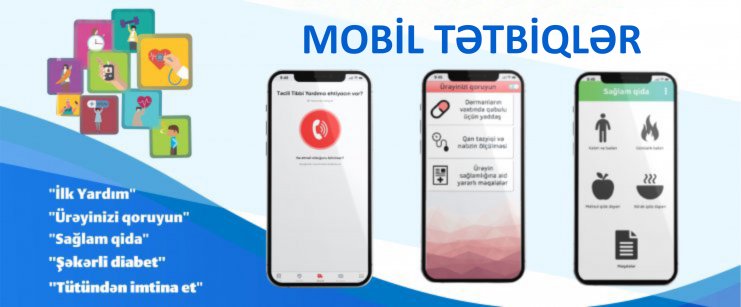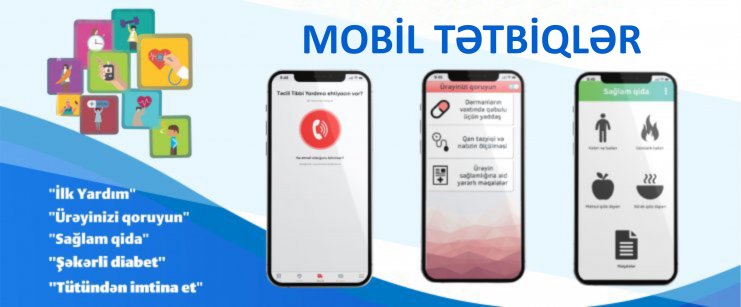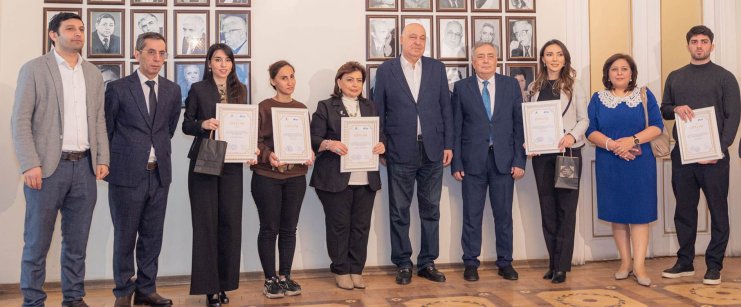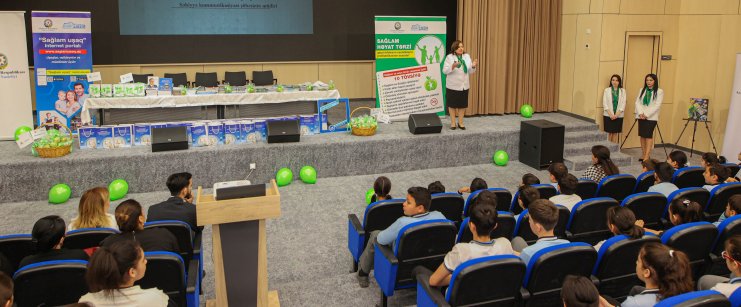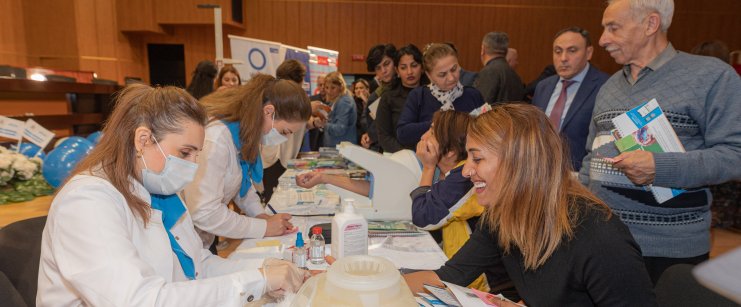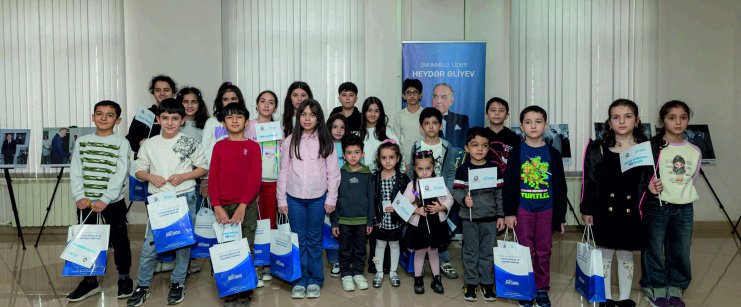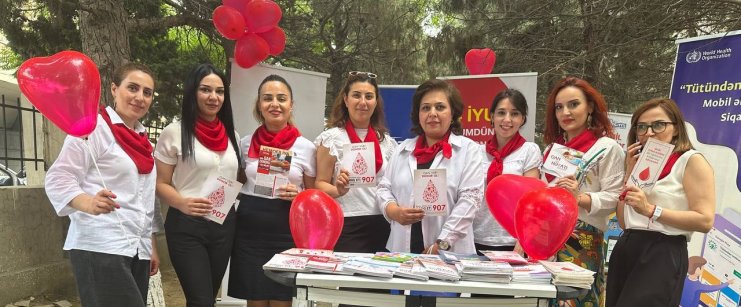Demographic and Health Survey (DHS) is a nationally-representative household survey that provides data for a wide range of monitoring and impact evaluation indicators in the areas of population, health, and nutrition. DHS collected national- and regional-level data on population, household characteristics, family planning and fertility, maternal and child health, adult health, including reproductive health, tuberculosis, and HIV/AIDS and other sexually transmitted diseases, nutrition and education. Since 1984 more than 300 Demographic and Health Surveys have been conducted in over 90 countries worldwide.
Regular implementation of such surveys in the country is important in terms of further improvement of population welfare, reduction of poverty and thus in the light of achievement of tasks arising from United Nations Millennium Development Goals.
In accordance with "The State Program on poverty reduction and sustainable development for 2008-2015" approved by Presidential Decree #3043 from September 15, 2008 conduction of Demographic and Health Survey in 2011 was entrusted to the Ministry of Health.
Coordination and implementation of DHS-2011 activities were delegated to the Public Health and Reforms Center of Ministry of Health by the Decree #70 of the MoH from September 8, 2010. Also, a Working Group with the participation of representatives of relevant government and international agencies was established for the purpose of proper organization and coordination of the survey.
The first DHS in Azerbaijan was conducted in 2006 by the State Statistical Committee. The DHS-2011 is based on methodology applied for AzDHS-2006. This fact makes it possible to compare current results with findings of previous survey.
Based on the tasks arising from the Action Plan (2008-2010) of above-mentioned State Program and from Millennium Development Goals, especially in the area of reduction of under-five child mortality, the Working Group indentified the main goal of DHS-2011 as a collection of a data necessary for analysis and evaluation of health and demographic status of population.
During the survey information was collected on household characteristics (age, sex and relationship of each household member to the household, source of water, sanitation, household possessions), social-economic characteristics of respondents, anthropometric measurements, education (level of education and access), under five child mortality, child (vaccination coverage, childhood diseases) and maternal health (access to antenatal, delivery and postnatal services). Respondents were asked questions on gender relations and women's empowerment, fertility and fertility preferences, marital status, family planning, nutrition (breastfeeding, micronutrients intake, etc.), adult health (knowledge and attitudes regarding tuberculosis, anemia testing, hypertension, etc.), awareness regarding AIDS and other sexually transmitted infections (knowledge, attitude, practice).
The survey covers 9 economic regions of Azerbaijan Republic, including Baku, Absheron, Ganja-Gazakh, Shaki-Zagatala, Guba-Khachmaz, Aran, Lankaran, Yukhari Garabakh and Dagligh Shirvan regions.
Sampling of household was conducted by State Statistical Committee on the basis of data of the Census-2009.
For the survey in nine regions 321 clusters were selected, in each cluster systematically were selected 24 households. Totally sample contained 7704 households in which 9803 women of age 15-49 were defined as eligible for the survey. Response rate for households was 94.3%, for women - 95.7%.
Two survey instruments were developed: Household Questionnaire and Women's Questionnaire. Household Questionnaire includes households' characteristics, weight and height measurements as well as hemoglobin testing results for children age 0-5 and women age 15-49. Women's Questionnaire includes such questions as background characteristics of women, marital status, education and employment, fertility and fertility preferences, reproductive health, contraception, pregnancy history, child health and vaccination, child and women nutrition, basic information on spouse/partner, AIDS and other sexually transmitted diseases, etc.
Three-week training was organized in PHRC for field work staff in July 2011, and on August 1, 2011 field work started. The training ended October 21, 2011.
Almost the same time, training for data entry staff was organized in PHRC on September 12-14. After the training these trained operators began entering data in electronic database.
For data entry special forms were developed in CSPro software that enabled minimizing entry errors and warned operators when incorrect data were entered. This and double entry technology were applied to ensure quality of databases.
Upon completion of double entry and data clearing, analysis of data has started. For this purpose a few experts of PHRC attended a training course on basics of epidemiology provided by University of Edinburgh. Taking into account a scope of the project data and complexity of statistical calculations some foreign experts were also involved in data analysis: prof. Sviatoslav Plavinski, Head of the Teaching, Philosophy and Law Department (North-Western State Medical University named after I.I. Mechnikov), Director of St. Petersburg Institute of Public Health, Andrew Amos Channon, Associate professor of Social statistics and demography Department of Southampton University and Melanie Frost, independent expert-demographer.
Preliminary results of the survey were presented to Ministry of Health in August 2013. In December 2013 a final report of DHS-2011 was disseminated to Working Group members and discussed during the regular meeting of Working Group. After that the report was improved based on obtained comments.
On February 7, 2014 the DHS-2011 Final Report and survey findings were formally presented to the public during the dissemination conference organized by PHRC. The conference was attended by high-level officials from Ministry of Health, Milli Mejlis (Parliament) and other state organizations, as well as by representatives of international and local non-governmental organizations and mass media representatives.
PROJECT COORDINATOR: Tohfa Jamilova
CONTACTS: [email protected]
